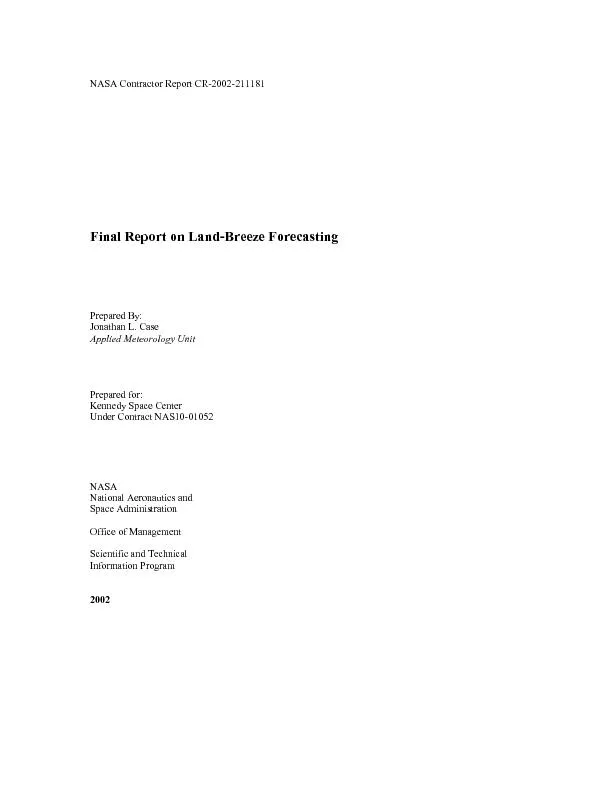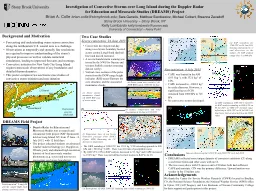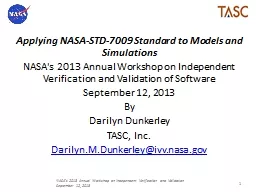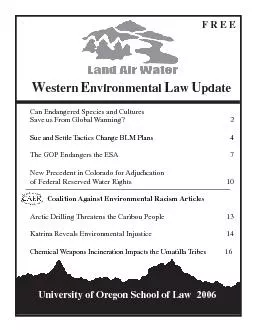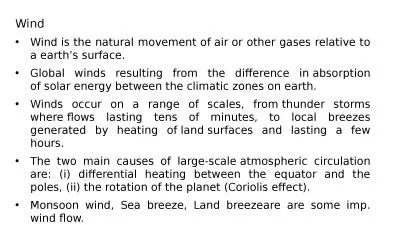PDF-NASA Contractor Report CR-2002-211181 Final Report on Land-Breeze Fore
Author : jane-oiler | Published Date : 2016-10-21
Applied Meteorology Unit AMU Jonathan L Case Mark M Wheeler The nocturnal land breeze at the Kennedy Space Center KSC and Cape CanaveCCAFS is both operationally
Presentation Embed Code
Download Presentation
Download Presentation The PPT/PDF document "NASA Contractor Report CR-2002-211181 Fi..." is the property of its rightful owner. Permission is granted to download and print the materials on this website for personal, non-commercial use only, and to display it on your personal computer provided you do not modify the materials and that you retain all copyright notices contained in the materials. By downloading content from our website, you accept the terms of this agreement.
NASA Contractor Report CR-2002-211181 Final Report on Land-Breeze Fore: Transcript
Download Rules Of Document
"NASA Contractor Report CR-2002-211181 Final Report on Land-Breeze Fore"The content belongs to its owner. You may download and print it for personal use, without modification, and keep all copyright notices. By downloading, you agree to these terms.
Related Documents

